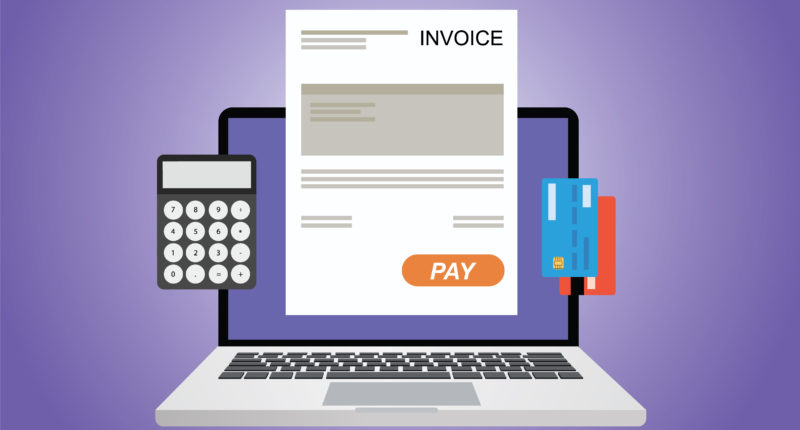In a recent webcast telecasted by the Institute of Chartered Accountants of India (ICAI), speakers representing the Goods and Services Tax Network (GSTN) and National Informatics Centre (NIC) announced the latest updates on e-invoicing and the generation of e-way bills under e-invoicing.
As per the latest update, the modes to generate an e-invoice (IRN) will be through an offline facility such as a bulk upload tool, through direct API integration and API integration through a GSP (GST Suvidha Provider). There was no mention made of a mobile application available for e-invoice generation or any facility to enter data on the portal and generate e-invoices directly. It is possible that these facilities could be launched in the later phases; however, the GSTN has not confirmed the same.
Through the bulk upload process, taxpayers can prepare the JSON files for IRN requests as per the API schema provided on the e-invoice portal. If a taxpayer has opted for direct integration using APIs, he will need to test the APIs in a sandbox environment and submit the report. Once the verification has taken place, the taxpayer will receive the production access and API endpoints.
Also Read: Due date to file GSTR-4 gets extended up to 31st October 2020
The GSTN representative also said that once a taxpayer generates an IRN (invoice reference number), an option to cancel the same within 24 hours will be available. If an e-way bill exists for that IRN, the same cannot be cancelled. Concerning the auto-population of GST returns, all taxpayers who generate e-invoices will have their GSTR-1 return auto-populated in the B2B, CDN, EXP and Table 12 (HSN summary) sections of the return.
The GST system will map the e-invoice fields with the GSTR-1 fields, aggregate the items based on rate and populate the GSTR-1 return. The taxpayer will have the option to edit data in the GSTR-1. If an e-invoice gets cancelled, the GST system will automatically remove the data from the GSTR-1 return. However, if the data pertains to an edited invoice, the same will not get removed from the return.
Besides the GSTR-1 return, the GSTR-2A, GSTR-2B, and GSTR-6A statements will contain the auto-populated data and include the IRN and IRN dates. The data auto-populated in the GST returns will not happen in real-time but in near real-time. This means that the data gets pulled to the GST returns each night, so data from the day ‘T’ will be available on the day ‘T+1’. This data will be available sooner once the system gets stabilised.
For any clarifications/feedback on the topic, please contact the writer at athena.rebello@cleartax.in

I’m a Chartered Accountant by profession and a writer by passion. ClearTax lets me be both. I love travel, hot tubs, and coffee. I believe that life is short, so I always eat dessert first. Wait.. life is also too short to be reading bios… Go read my articles!




